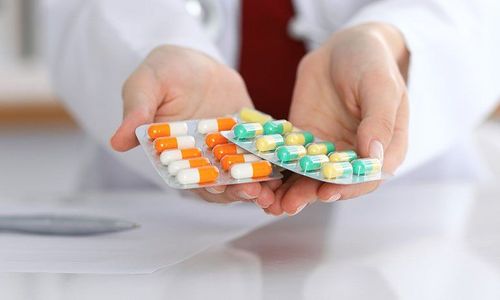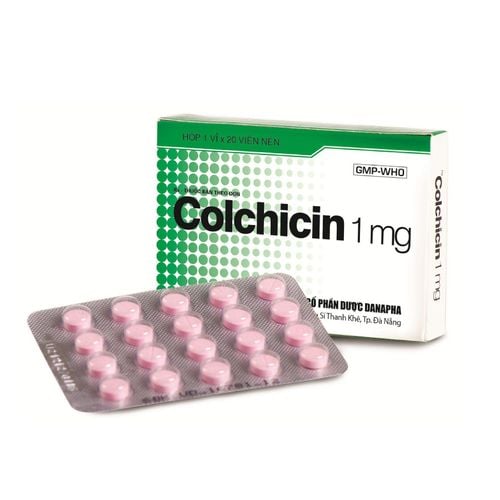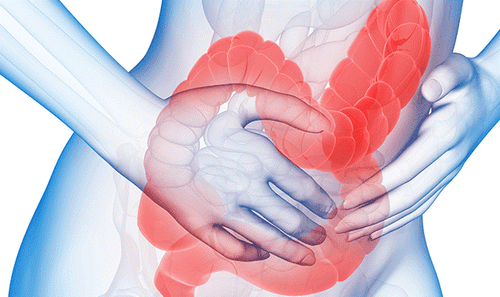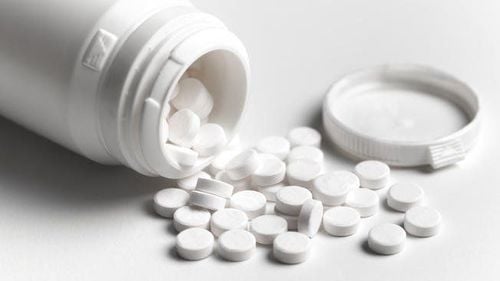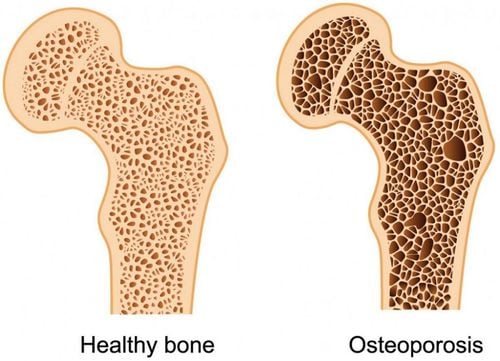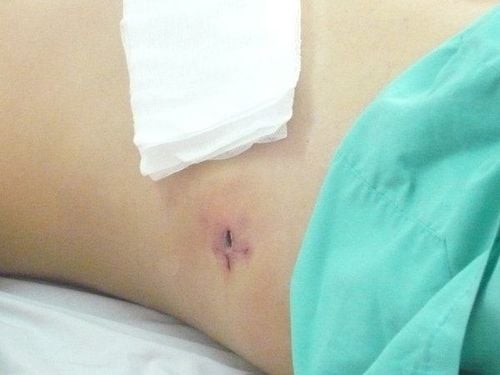This is an automatically translated article.
The article was professionally consulted by a neurosurgeon, Department of General Surgery, Vinmec Central Park International General Hospital.Lumbar stabilization surgery is a major surgery that requires a long recovery time. Accordingly, for quick recovery results, patients need to follow the doctor's instructions and instructions when at the hospital and after being discharged home. The following article will share about care and health education after surgery to stabilize the lumbar spine.
1. Recovery after spine stabilization surgery at the hospital
Hospital recovery after spinal stabilization surgery focuses on pain management and learning how to move safely when the lumbar spine is stiff. A hospital stay of 2 to 4 days is common.
1.1. Immediately after surgery to stabilize the spine
When waking up after surgery, patients feel pain and sleep. Severe pain usually lasts a few days after surgery, and pain medication is taken regularly to control the pain. The drug can be injected into a vein or injected into a muscle. Occasionally, pain medication is given as a continuous intravenous infusion to the patient. Once the pain subsides, the patient will switch to oral medication.
Blood tests are performed periodically after surgery. For example, because blood is lost during surgery, hemoglobin will be monitored to make sure that the amount of oxygen in the blood doesn't get too low. Other blood tests can also be used such as glucose, electrolytes... The patient can be given oxygen to assist with ventilation and monitor to monitor heart rate, electrocardiogram after surgery.
1.2. Walking and moving after spinal stabilization surgery
Keep the spine straight to minimize body weight on the lumbar spine and reduce the risk of disrupting the bone healing process. Guided by a physical therapist every day to learn how to dress, sit, stand, walk and other activities safely without putting extra pressure on the lumbar spine. Even getting out of bed requires a special technique (turning the log) to avoid twisting the spine.
In some cases, the patient may be advised to use a walker until stable. Slip-on footwear should be worn, and the patient should be encouraged to get up and walk as quickly as possible after surgery.
In addition, a lumbar brace should be worn to limit movement in the spine. Wearing a tight-fitting t-shirt or tank top under the brace helps to make the skin around the abdomen and back more comfortable and prevents skin irritation such as rashes or blisters.
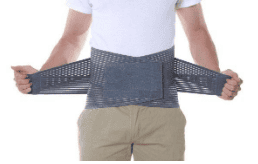
nẹp thắt lưng
1.3. Care of the incision
Use a large bandage for about the first day after surgery, then change to a smaller bandage. The incision is checked daily to make sure it remains dry and clean.
Usually, patients do not shower for the first few days after surgery. However, you can use a washcloth to wash your torso and limbs as long as the incision is not wet.
1.4. Discharge from hospital after spinal stabilization surgery
Some of the criteria that patients generally need to meet before being discharged to recover at home are as follows:
Pain control with oral medication Can get out of bed and move without assistance May be withdrawn catheterization No sign of infection at the incision The patient will not be able to drive home, sometimes a patient has recovered enough to be discharged but is unable to go home. In these situations, the patient may be referred to a rehabilitation facility for additional care and recovery until returning home.
If family members or friends are unable to support the main household chores, a home care assistant should be available.
Lumbar spine surgery is a major surgery, requiring the patient to persevere in following the doctor's instructions.

Người bệnh có thể được chỉ định uống thuốc để giảm đau
2. Rehabilitation surgery to stabilize the spine: after hospital discharge
Often patients feel at a loss when they first come home from the hospital. To stay home healthy, patients should know what to expect and get help with basic needs from friends, family, or neighbors.
2.1. Limit activities after spinal stabilization surgery
During the early stages of recovery from spinal stabilization surgery, there are some basic limitations to the patient's activities:
No flexion: Bending at the knee and hip is fine, but no flexion. back (curvature of the spine). Do not lift: Do not lift anything heavier than 8 pounds. Don't twist: Although many daily activities involve twisting the spine, you should avoid doing so during this period. Do not drive: Due to drowsiness and decreased coordination in the days following major surgery, as well as side effects of opioid pain relievers, driving is not allowed. It is best to avoid tasks that involve bending or lifting: such as cooking, cleaning, laundry, grocery shopping, and pet care. You should arrange to help with these tasks prior to surgery. It is a good idea to prepare some easy meals in advance, such as ready-to-eat or microwaveable meals.
2.2. Painkillers after surgery to stabilize the spine
Pain is likely to continue after discharge and prescription pain medication may continue to be prescribed by the doctor. If an opioid is prescribed, the patient should not drink alcohol or operate a car, as this drug may cause drowsiness and/or impaired judgment. Ice or hot wrap can be used to supplement pain relief, but should only be applied for 15 or 20 minutes and rest for at least 2 hours to protect the skin.
Because opioids are prescribed for a limited period of time, the daily dose should be reduced, with the goal of being opioid-free within 4 weeks of surgery.
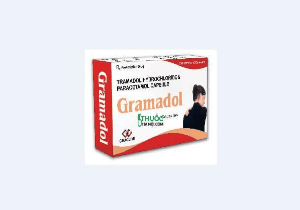
Thuốc opioid
2.3. Sleep after spinal fusion surgery
When recovering from lumbar stabilization surgery, the spine needs to be kept straight even when getting in and out of bed. This is done using the log-roll technique, which involves keeping the knees together and maintaining a straight back while:
Sit down on the edge of the bed Lower your head to the bed while lifting Legs up Roll your back on the bed
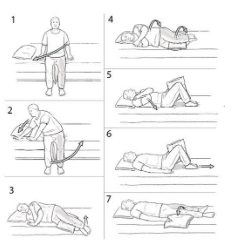
Kỹ thuật log-roll
Other ways to sleep include:
Make sure the bed is not too high or too low for the roll technique Try different pillows to see which is most comfortable The patient can also sleep in the same position Reclining will be more comfortable right after surgery.
2.4. Care of the incision
Incisions should be cleaned daily and checked for signs of infection. Possible signs and symptoms of infection at the incision site include:
Increased redness, pain, or discharge Fever or chills A gentle shower or bath can help keep the incision clean.
2.5. Adapting to the home environment
These items can make home recovery more comfortable:
A "grab" device: A spinal curvature can be avoided and arm up with this lightweight tool is used to pick things up off the ground or shelf. Shower and sanitary ware: Adding a bath mat, toilet seat, and shower seat makes the bathroom safer and easier to use. A cane or walker: if needed or wanted more stability to move. Mini-fridge or cooler: Keeping cool drinks and ice packs close to hand is more convenient and may help patients reduce movement, bending over, or climbing stairs more than necessary. A recliner or extra cushion: Sitting in a recliner helps relieve pressure on the lower back. Sitting on a cushioned surface is also likely to be more comfortable. Failure prevention: It's best to get rid of anything that could pose a tripping hazard, such as loose carpets or messy items. Some people also install handrails when needed, such as on stairs or in the bathroom.
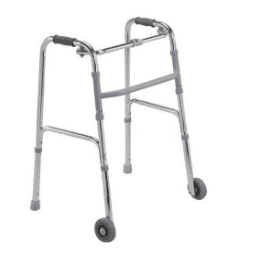
Khung tập đi
These changes can help the patient recover at a safe rate. Patients should not try to do too much, too quickly, because it can increase pain and slow down the healing process.
Currently, at Vinmec International General Hospital, there are full surgical facilities, functional physiotherapy exercises for patients after surgery. The entire procedure of examination, surgical treatment and rehabilitation is carried out under the guidance of experienced and qualified doctors, so the results of the recovery of the patient's health are progressing well.
Please dial HOTLINE for more information or register for an appointment HERE. Download MyVinmec app to make appointments faster and to manage your bookings easily.




